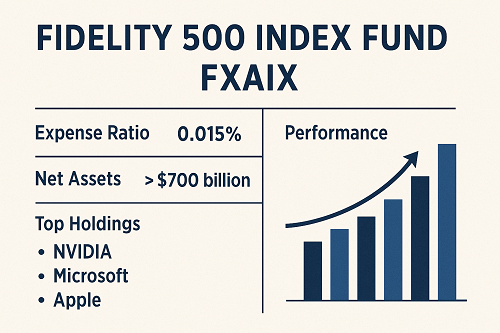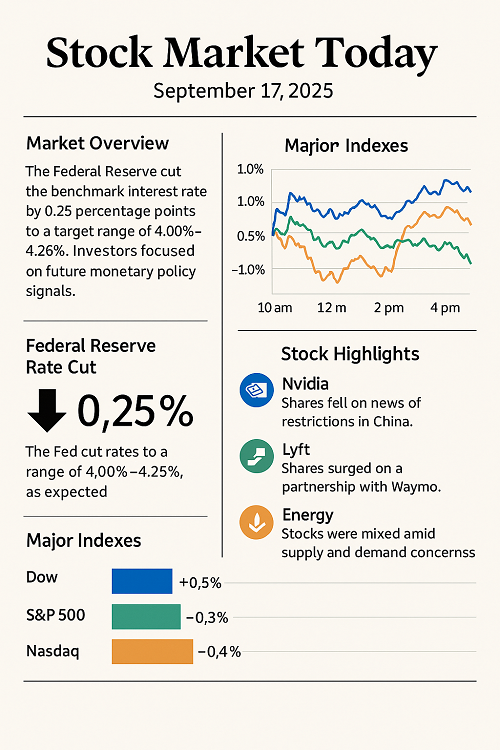For anyone new to investing or trading, the idea of practicing without risking real capital is very appealing. That’s why platforms like the Investopedia Simulator have become household names in the “virtual trading” world. But in 2025, when platforms are evolving faster than ever, is the Investopedia Simulator still the best choice? This review takes a fresh, in-depth look — covering its features, strengths, limitations, alternatives, and whether it truly deserves your time today.
Whether you’re a student, aspiring trader or investor, or simply someone looking to build confidence before committing real money — this article will give you everything you need to know.
What is the Investopedia Simulator?
The Investopedia Simulator is a web-based trading simulation environment created by Investopedia, designed to give users a risk-free way to practice trading in equities (and to some extent options/crypto) using virtual money. The idea: mimic market behaviour, let users experiment with strategies, learn how orders, portfolios and charts work — all without real financial pain.
Originally launched many years ago (the parent site dates back to the late 1990s) it became one of the most popular “fantasy trading” platforms. The review on StockMarketGame.net points this out: “Having first graced the internet way back in 1999…”
Key features historically include:
- A starting virtual capital (often US $100,000) to invest in stocks.
- Realistic market data (though sometimes delayed) to replicate real-world price movements.
- The ability to create portfolios, execute buy/sell orders, and track performance.
- Educational resources via Investopedia (articles, tutorials, quizzes).
In short: it’s a simulation tool targeted at beginners and intermediate learners who want to test the waters before real investing/trading.
Why it still matters in 2025
Even with newer, flashier platforms entering the arena, the Investopedia Simulator retains some meaningful advantages:
- Trusted brand: Investopedia has high recognition in finance/education, which gives the simulator built-in credibility.
- Free access: No subscription fee is required, making it a low-barrier entry point. The review notes: “Yes, Investopedia Simulator is completely free to use.”
- Educational ecosystem: The simulator leverages Investopedia’s educational content—articles, quizzes, tutorials—which means users don’t just click trades, they can learn underlying concepts.
- Risk-free practice: For complete novices, it offers a safe environment (“virtual money”) to make mistakes, learn the ropes and build confidence. The review: “provides users with $100,000 in virtual money to practice trading without any real financial risk.”
Because of these, it remains a solid starting point in 2025 — especially if you’re new and want something reliable and free.
Strengths: What the Simulator does well
Let’s break down the key positives — where the tool truly performs.
1. Clean, beginner-friendly interface
The platform is designed to simplify the trading simulation process. According to the review:
“Users are able to easily navigate through the various sections and features of Investopedia Simulator … the intuitive layout makes the entire process seamless and accessible.”
This is a meaningful plus for beginners intimidated by complex trading platforms.
2. Decent fidelity to real market dynamics
Even though it may not offer ultra-high-frequency data, it does leverage “realistic” market behaviour so you can learn how portfolio value, trades and market moves interact. From the review:
“By trading in a volatile market, even if it’s with virtual money, users are able to familiarize themselves with the ins and outs of trading.”
That experience is invaluable for building mental models of how trading works.
3. Educational resources built-in
Since it is part of the broader Investopedia ecosystem, you can slide from simulation to learning modules: glossaries, case studies, articles.
“In addition to giving users a way to trade with virtual money, Investopedia also provides various articles, tutorials, videos, and quizzes that cover a wide range of investment topics.”
4. Community features & gamification
The simulator offers game-style elements: leaderboards, challenge modes, peer competition. According to the review:
“Investopedia Simulator also fosters a sense of community and healthy competition … By offering various challenges and friendly competitions where players can compete against each other, there’s an added sense of motivation and excitement.”
This helps with engagement and motivation, especially for learners.
Limitations: Where it falls short in 2025
No platform is perfect — here are the drawbacks, especially in the context of 2025 and what newer tools demand.
1. Outdated platform & lack of modern UI/UX
The review states:
“The platform feels like it’s stuck in the early 2000s, lacking modern features that traders now consider essential.”
The interface, charts, and interaction are dated compared to contemporary apps.
2. Delayed/static charts / non-real-time data
In fast-moving markets, delay matters. As noted:
“Static charts (15-minute delay)” is listed as a “major issue”.
“…the platform shows a static chart that refreshes once every few minutes.”
For users who want realistic, live actionable simulation (especially aspiring day-traders), this can be a deal-breaker.
3. Limited asset universe & global coverage
The review flags:
“Limited country stocks available”
“Several European juggernaut companies are non-existent in Investopedia.”
Also:
“Limited asset choice” — although options and crypto are supported to some extent, there are fewer asset classes than many modern simulators.
So, if you’re interested in forex, commodities, international equities, this simulator may be too limited.
4. Poor mobile/modern-device experience
From the review:
“Perhaps the biggest drawback … is that the mobile experience of the platform is rather poor. … many reports of … default mobile browsers outright crashing…”
With most users now on mobile, this is a significant weakness.
5. Gamification with no real money/prize incentive
While gamification exists (leaderboards, challenges), the review notes:
“Unlike some modern simulators … the platform does not support forex trading” and “doesn’t provide any way to earn real money.”
If you’re motivated by prize-style competition or completeness of asset types, this matters.
Is it right for you in 2025?
Determining whether the Investopedia Simulator is the best fit depends on your goals, experience level, and how seriously you’re treating your simulation practice. Here’s a decision-guide.
Choose it if you:
- Are completely new to trading/investing, and want a simple, risk-free environment.
- Prefer desktop/web usage and are not overly concerned with ultra-real-time data or the latest mobile UI.
- Primarily want to learn the basics of stocks and investing strategy rather than high-frequency trading, forex, or international markets.
- Appreciate the fact that it’s free and backed by a trusted finance/education brand.
Consider alternatives if you:
- Want live-data simulation, faster market updates, and real-time charting.
- Are interested in multiple asset classes (forex, commodities, crypto, global stocks).
- Expect a modern mobile experience, sleek UI and app-like responsiveness.
- Want gamification or prize incentives or a community with advanced trading simulation features.
- Aim to transition from simulation to live trading and want a platform that mirrors that live environment more closely.
How to get the most out of the Investopedia Simulator
If you choose to use it, here are some practical tips to maximize your learning and simulation experience:
- Set realistic goals — Use the $100 k virtual capital to simulate the real account size you might have or desire. If you’ll trade with $5 k live, simulate with that proportion rather than an oversized fake bankroll.
- Use it like a real account — Don’t use it just for fun; pretend it’s real money. Set stop-losses, plan entries/exits, track metrics like risk-reward, drawdown.
- Review educational material concurrently — Combine simulation with Investopedia’s content: read about position sizing, diversification, portfolio rebalancing, behavioural biases.
- Track performance — Keep a log of each trade: entry, exit, rationale, outcome. This fosters discipline and self-reflection (key to trading improvement).
- Simulate market conditions — Even though data can be delayed, try to simulate scenarios: news-driven moves, earnings gaps, sector rotations, etc.
- Transition consciously — If you later switch to live trading, remember that simulation lacks real-world emotional “skin in the game”. Take that into account before ramping up size.
Alternatives to Consider in 2025
If you find the Investopedia Simulator limiting or want a more advanced simulation environment, here are some top alternatives (to research further):
- Three Investeers: Modern simulator that supports multiple asset classes, real-time updates, gamified experience. The target review explicitly recommends it.
- Wall Street Survivor: Another older but still relevant simulator, often with more asset classes and bigger community. (Mentioned in target page)
- Broker demo accounts: Many real brokers offer paper/trade simulators with live or near-live market data, which can mimic actual trading more closely.
- Dedicated trading simulation platforms/apps: Designed for day-traders, forex, futures — if that’s your focus, consider one of those.
Final Verdict
In summary: Yes — the Investopedia Simulator remains a useful tool in 2025 — especially for beginners and those who want a free, credible way to learn stock trading basics. But it is no longer the state-of-the-art simulation environment for intermediate/advanced users or for anyone seeking live-data, multiple asset classes, and a modern mobile experience.





 XAUT-USD
XAUT-USD  AMD
AMD  MARA
MARA  SHOP
SHOP  BULL
BULL  CL=F
CL=F